Future surface warship work in Devonport dockyard
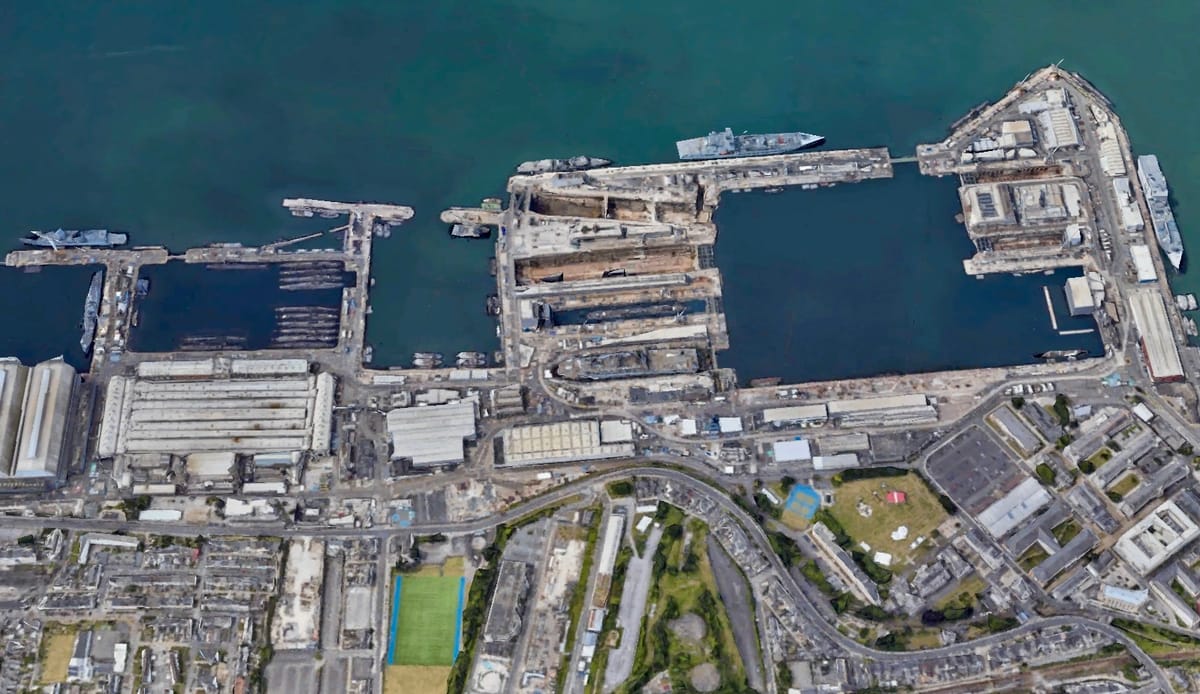
At the recent Devonport Dockyard open day, Beagle maritime correspondent 'The Captain' was fortunate enough to have the opportunity of asking John Gane, the Managing Director of Babcock Devonport Royal Dockyard, a number of questions about what might be going on here in the future.
Future surface ships to be based in Devonport.
The Type 26 City-class frigates are presently under construction in Scotland.
There are planned to be eight ships in this class – HM Ships Glasgow, Cardiff, Belfast, Birmingham, Sheffield, Newcastle, Edinburgh and London. The first (HMS Glasgow) is due to arrive here in 2027. These ships are specialist anti-submarine (ASW) platforms and are designed to replace the remaining ASW Type 23 frigates.
The Type 23s were originally designed for an 18-year life and no major refit. Government indecision, Treasury intransigence and MoD incompetence (1) has meant that a class of ships commissioned between 1990 and 2002, will finally leave service in 2035.
The Type 26s will have a very good anti-aircraft and surface warfare capability,
as well as their primary ASW role. The ships will displace 7700 tonnes and a
thousand more when fully stored for war. They are 150m long and 21m in the beam. The propulsion will be CODLOG! Combination of Electric motors and Gas Turbines – this will mean that they are very quiet – so more difficult for submarines to hear them coming.
The ship’s company is planned to be 157, with accommodation for up to 208. The ships will have the usual suite of radars and electronic intercept equipment and are to be armed with both anti-aircraft and anti-ship missiles in vertical silos, as well as helicopter, a 5” gun and several smaller ones. They will be a powerful addition to the Fleet and their basing here in Plymouth will bring significant business
into the city – not just into the dockyard.
Both the Australian and Canadian Governments plan to build their own ships to
the same basic plans as the Type 26s. The Royal Australian Navy (RAN) will get
fifteen Hunter-class frigates and the Royal Canadian Navy (RCN) six River-class
destroyers (2). This will be the first time since the Second World War that the three Royal Navies have shared a basic design – then the famous Tribal-class destroyers.
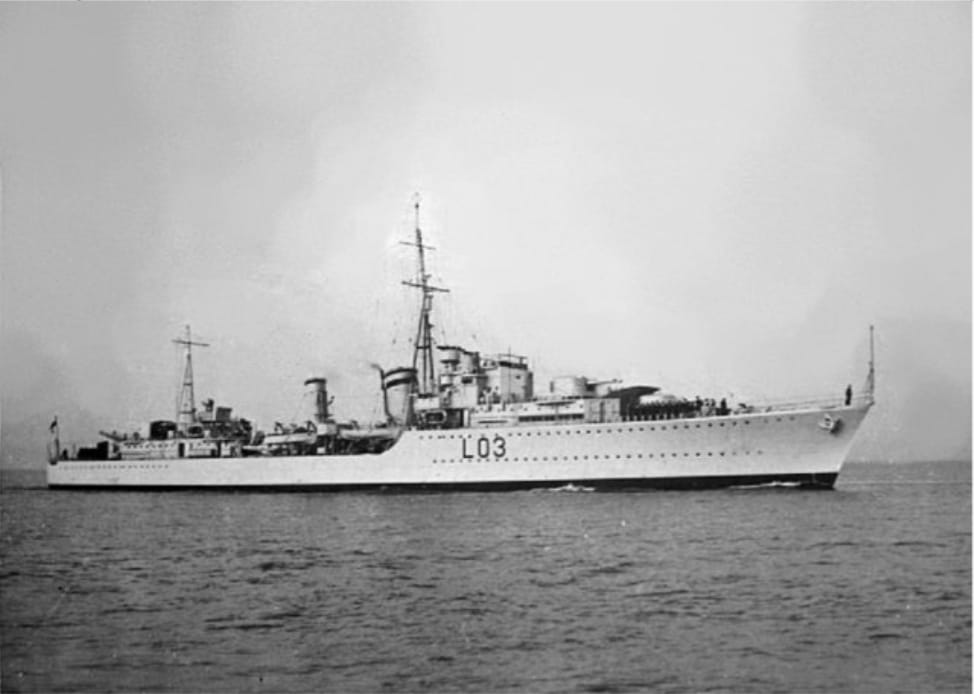
HMS Cossack (1936-41). Perhaps most famous as the ship that rescued the Merchant Navy sailors, who had been captured by the German pocket-battleship Graf Spee from the Altmark. This was the famous occasion where the RN boarding party shouted “The Navy’s here” into the tanks where the prisoners were being held and is also the last time the RN ever issued cutlasses for use in action.
Cossack was lost to a U-boat off Gibraltar in 1941.
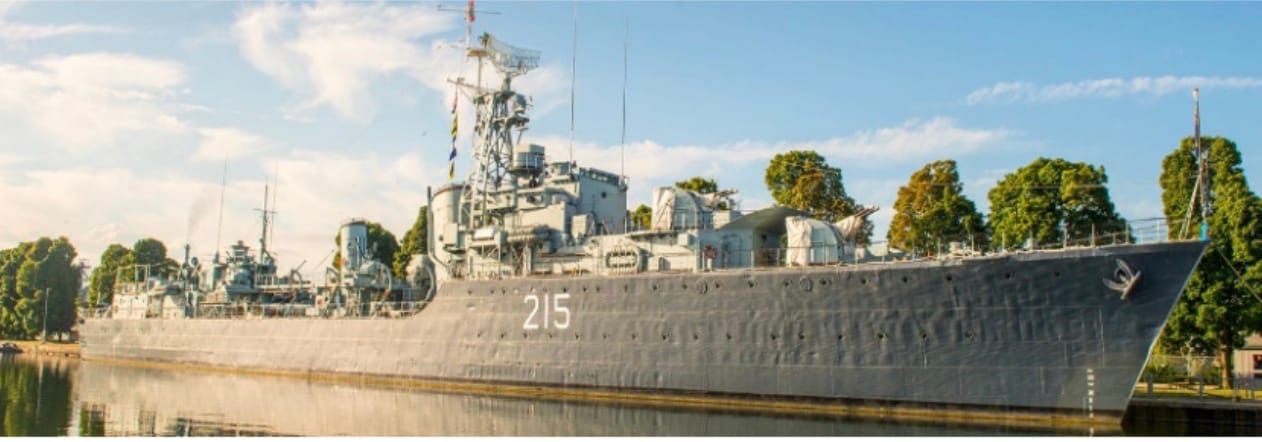
HMCS Haida (1943-53, but now a museum ship in Hamilton, Lake Erie, Canada). During WWII, she sank more surface tonnage than any other ship in the RCN and is known as "Fightingest Ship in the Royal Canadian Navy".

HMAS Arunta (1942-68). She also had a ‘busy’ war - her Battle Honours included ‘The Pacific, ‘New Guinea’, ‘Leyte Gulf’ , ‘Lingayen Gulf’ and ‘Borneo’. She sank whilst under tow to a scrapyard.
The ‘Sheds’
The other major question over the surface ship side of the dockyard’s future workload is “what will happen to the sheds”? Once the last Type 23 leaves service later this year, there will no longer be any major warships in RN service that are small enough to get into the Refit Complex. So, the ‘sheds’ will have outlived their original purpose.
The answer to the question is ‘ well, there really isn’t an answer at the moment’. The problem is still 10 years off and, there is no doubt that, somewhere, someone (in MoD or in Babcock) is (or certainly should be) thinking about what to do with them – demolish? Repurpose? But at the moment, there is no clear way forward. What is fairly clear is that they cannot be stretched – there needs to be a turning basin outside the sheds and there is a vital road alongside their inner end – then there is the dockyard wall. Watch this space.... The Captain will keep asking.
(1) The Captain has done his ‘time’ in the MoD and so has experienced the workings of both the Treasury and the MoD.
(2) What is the difference between a frigate and a destroyer? More on this in due course.
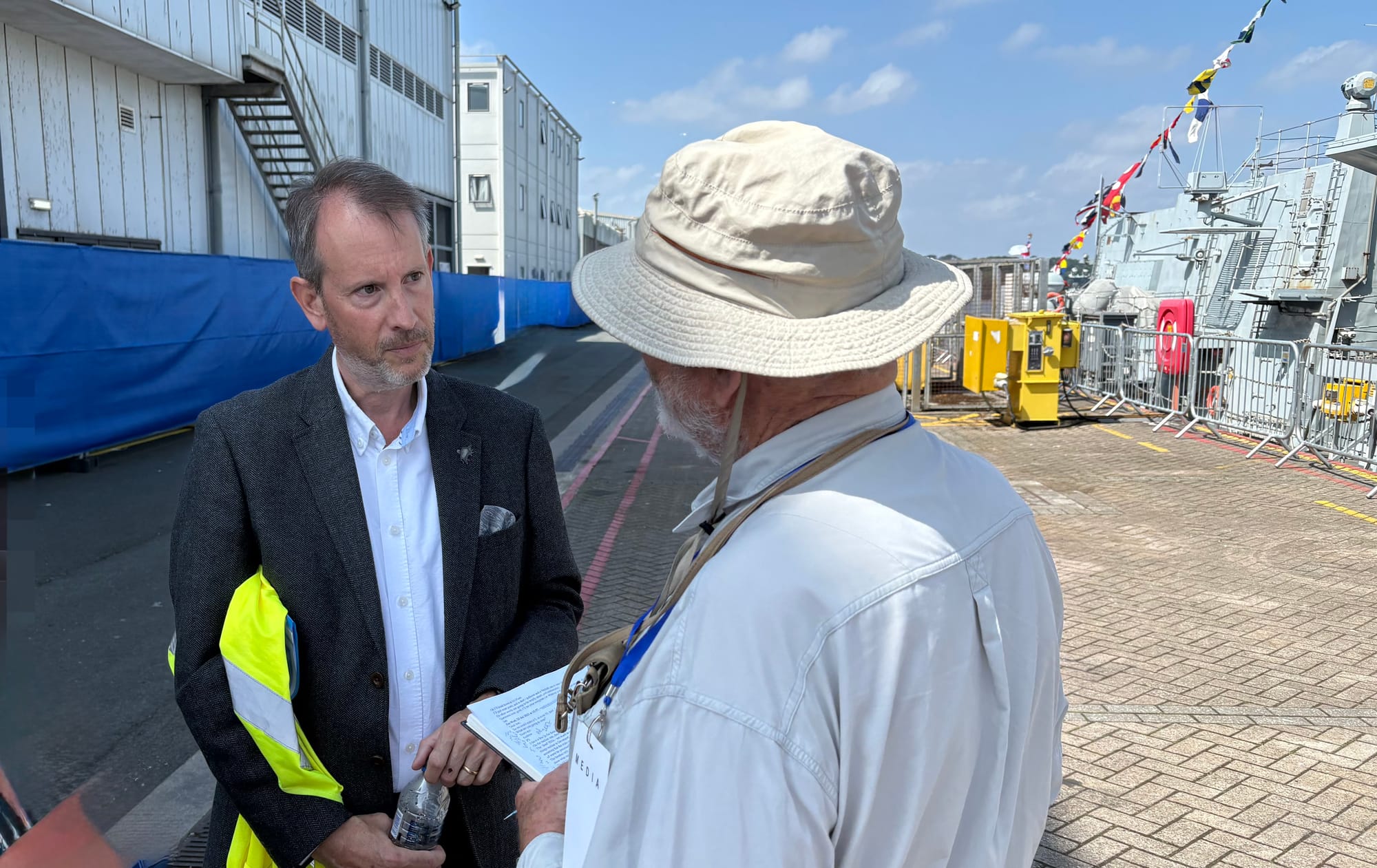


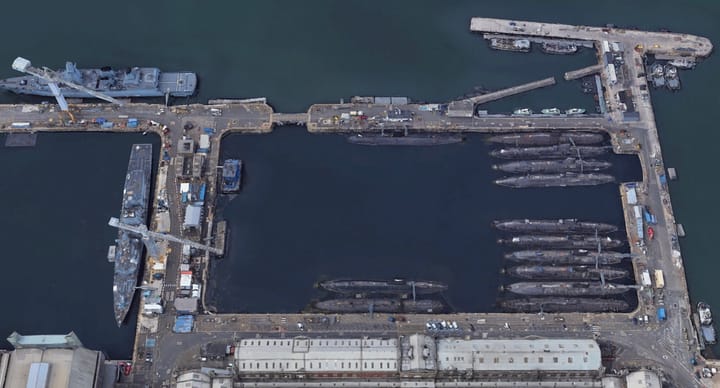
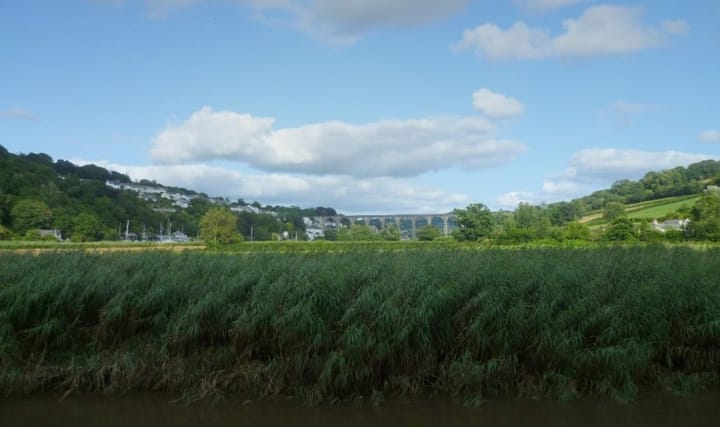
Comments ()